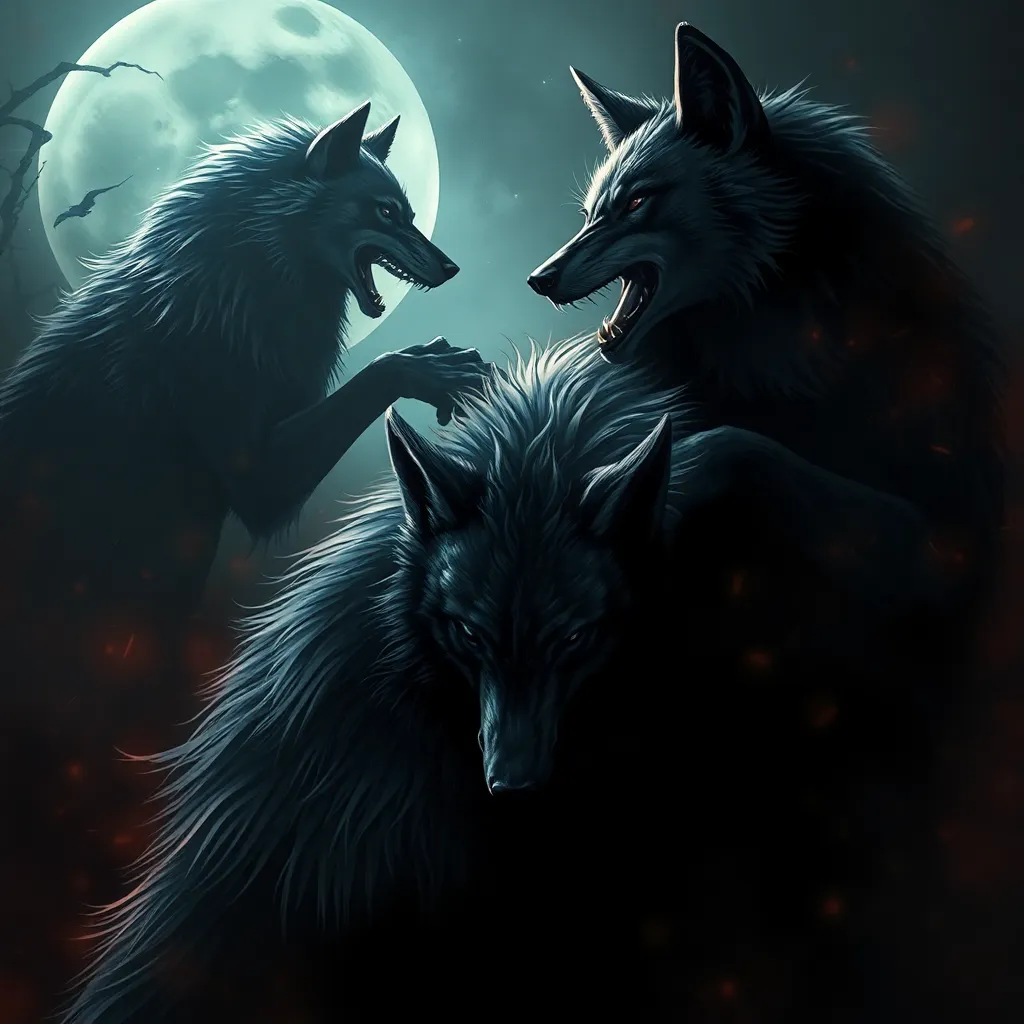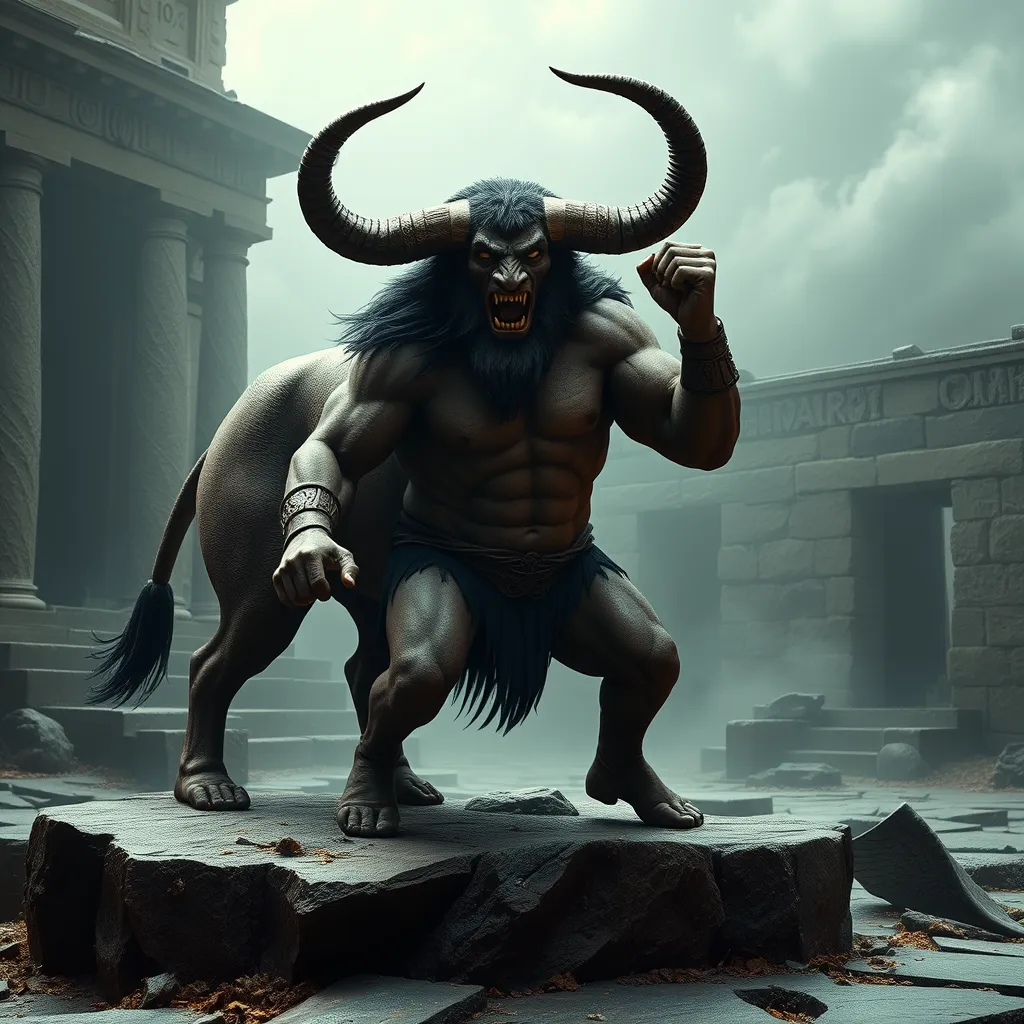The Werewolf’s Embrace: Exploring the Role of Fear, Fascination, and Attraction in Werewolf Myths
1. Introduction to Werewolf Myths
Werewolf legends are a rich tapestry woven into the cultural fabric of societies across the globe. From ancient folklore to modern narratives, the concept of a human transforming into a wolf has captivated our imaginations. These myths often explore the duality of existence, pitting the civilized human against the feral beast within.
The werewolf embodies a struggle between two opposing forces: the rational mind and primal instincts. This duality allows for an exploration of deeper human fears and desires, making werewolves a fascinating subject in both historical and contemporary contexts.
2. The Origins of Werewolf Legends
The roots of werewolf myths can be traced back to ancient civilizations, where tales of shape-shifting beings were common. In many cultures, these stories served to explain natural phenomena or human behavior that was otherwise difficult to understand. Historical documentation suggests that fears of werewolves were prevalent in medieval Europe, often tied to witch hunts and superstition.
- Historical Context: Many werewolf legends emerged during times of social upheaval and uncertainty.
- Folklore Influence: Local beliefs and customs heavily influenced the narratives surrounding werewolves.
- Key Figures: Notable historical figures, such as Peter Stumpp, were accused of lycanthropy, shaping public perception of werewolves.
3. Fear as a Central Theme
At the heart of werewolf stories lies fear—a psychological response to the unknown and the monstrous. The werewolf serves as a powerful symbol of our deepest anxieties, representing the chaos lurking just beneath the surface of civilized society. This fear manifests in various ways:
- Psychological Aspects: The fear of transformation reflects our dread of losing control over ourselves.
- Symbolism of the Unknown: Werewolves embody the unpredictability of human nature and the potential for violence.
- Societal Impact: Fear of the werewolf has shaped societal behavior, often leading to scapegoating and hysteria.
4. Fascination with Transformation
The allure of transformation is a key aspect of werewolf tales. The ability to shift from human to beast captivates audiences, inviting them to explore the duality of identity. This fascination extends beyond the surface of the narrative:
- Shapeshifting Allure: The concept of shapeshifting challenges the boundaries of identity and morality.
- Metaphorical Interpretations: Transformation can symbolize personal growth, inner conflict, or societal expectations.
- Literary and Film Roles: Werewolves in literature and film often serve as vehicles for exploring complex themes of identity and belonging.
5. The Attraction of the Forbidden
Werewolf tales frequently delve into themes of seduction and danger, highlighting the attraction of the forbidden. The beast within represents not only a physical threat but also a metaphor for untamed desires:
- Seduction and Danger: The tension between the human and the beast creates a compelling narrative of allure and peril.
- Interplay of Desires: The werewolf embodies the conflict between societal norms and primal instincts.
- Romanticization in Media: Modern portrayals often romanticize werewolves, presenting them as misunderstood antiheroes.
6. Werewolves in Popular Culture
The evolution of werewolf portrayals in popular culture reflects changing societal values and fears. From classic horror films to contemporary television series, werewolves have adapted to the times:
- Evolution of Portrayals: Early depictions focused on horror, while modern interpretations often blend genres.
- Iconic Characters: Characters like Jacob Black from the “Twilight” series and the titular character in “Teen Wolf” have reshaped public perception.
- Resurgence in Narratives: Recent years have seen a renewed interest in werewolf stories, often incorporating themes of identity and acceptance.
7. The Psychological and Social Implications
Werewolf myths are not just tales of horror; they serve as reflections of societal fears and anxieties. The themes explored in these narratives often resonate with contemporary issues:
- Societal Reflections: Werewolf stories often mirror societal fears regarding conformity, identity, and the loss of individualism.
- Exploration of the Psyche: The inner conflict of the werewolf presents a lens through which we can examine our own struggles with identity.
- Metaphors for Issues: Werewolves symbolize broader societal issues, such as the fear of the monstrous “other” or the consequences of repression.
8. Conclusion: The Enduring Legacy of Werewolf Myths
The interplay between fear, fascination, and attraction in werewolf myths reveals a complex relationship with the unknown aspects of our nature. These stories continue to resonate within today’s cultural landscape, reflecting our ongoing struggles with identity, morality, and societal norms.
As we move forward, the future of werewolf narratives promises to be rich and diverse, potentially exploring new dimensions of the human experience while remaining rooted in the primal fears and desires that have captivated audiences for centuries.



